
Torrential rains swept the UK this week, drenching our gardens and lawns – and if, like us, you're wondering how to improve lawn drainage, there are plenty of methods to choose from.
That's right – many of the best lawn care tips aid drainage in some way, whether you're learning how to improve lawn drainage in a clay soil lawn or certain parts of your garden are more prone to flooding than others.
'Proper lawn drainage is essential for a healthy and vibrant garden,' says Alasdair Boyes, technical manager at GreenThumb, the UK’s leading lawncare brand. 'Poor drainage can lead to waterlogged lawns, which suffocate grass roots and promote moss.'
How to improve lawn drainage
Rihanna fan or not, we doubt you'll be singing in the rain when you learn of the impact it can have on all of your carefully curated lawn ideas.
'When there is excessive rainfall, lawns can become compacted and difficult to manage,' explains Peter Chaloner, managing director of Cobra.
'Waterlogged soil can impede the flow of air, water and nutrients which can harm the growth of grass roots and make them more susceptible to disease.'
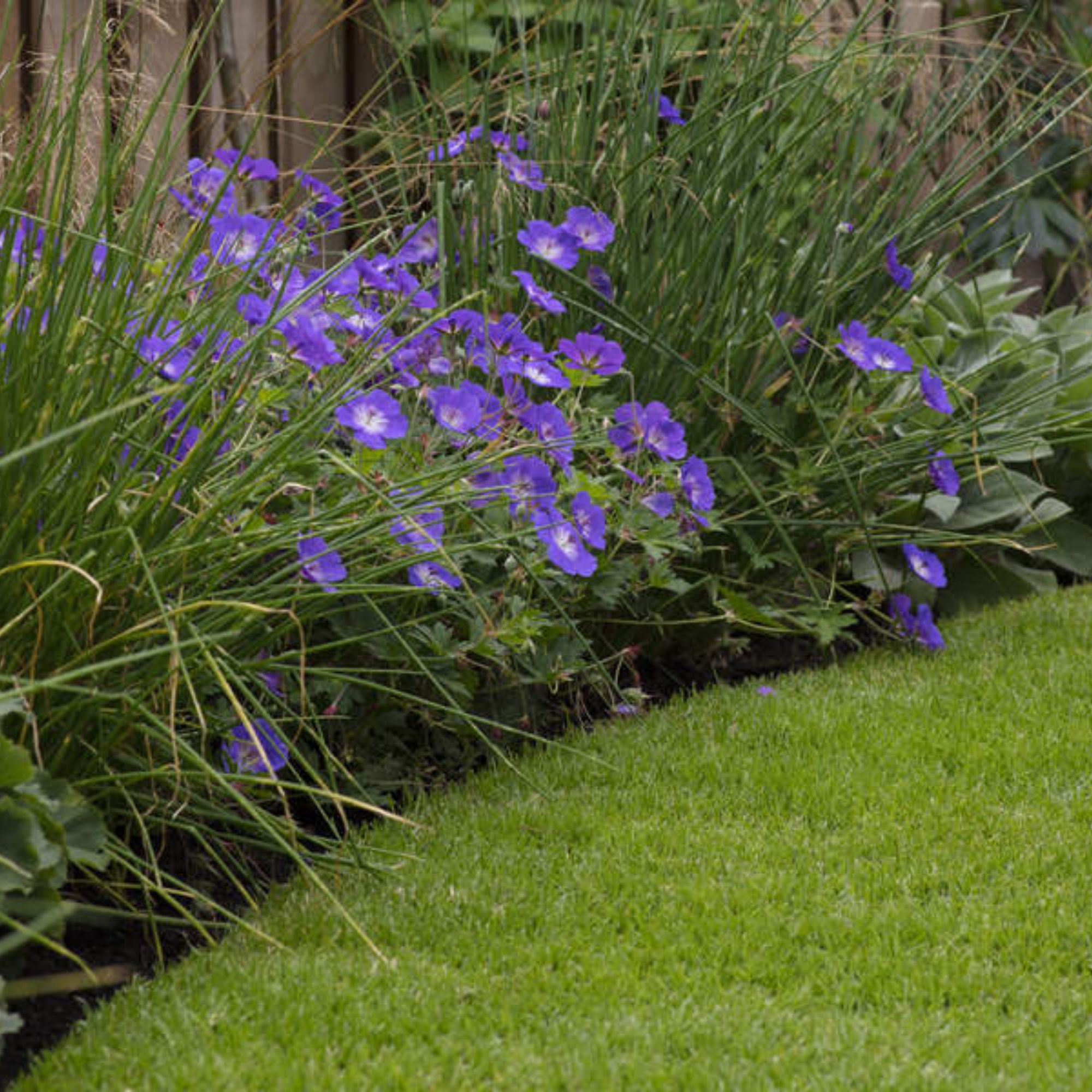
Peter adds that 'plants need oxygen to survive, and over-saturated soil lacks air pockets, which can suffocate grass roots and make them weaker.'
Worse still, this can lead to nutrient deficiencies, pest infestations and the growth of mould, mildew, and rust which can harm a lawn, causing lasting damage.
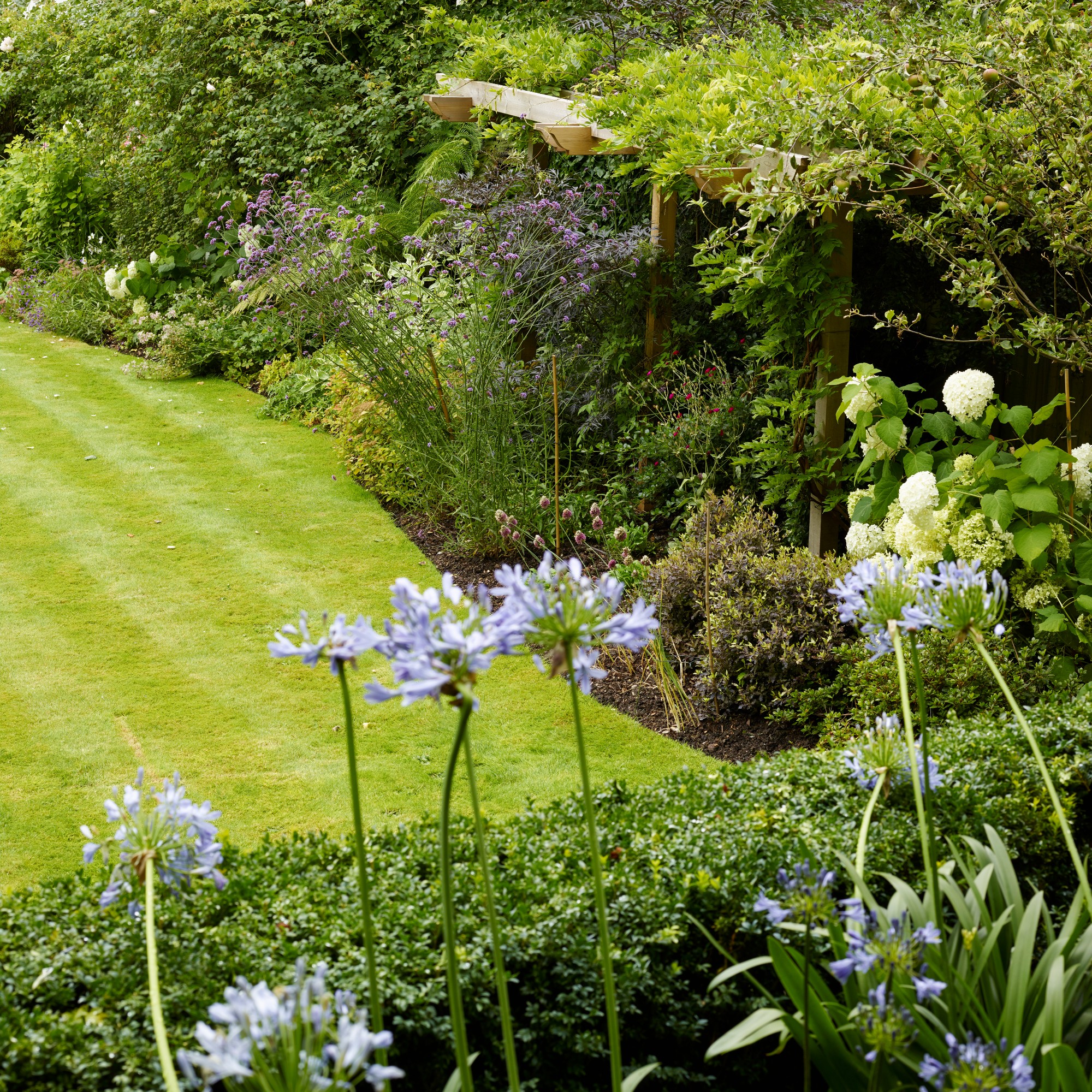
'These diseases can spread quickly and cause unappealing discolouration and damage,' stresses Peter, noting that very heavy rainfall can also wash away the top layer of soil.
'This will expose grass roots and cause erosion, which can result in uneven surfaces and unattractive bare patches across lawns.'
Yikes.
8 ways to improve lawn drainage
Thankfully, learning how to improve lawn drainage can help to mitigate many of these problems. So, yes, we wholeheartedly advise that you add the following to your list of essential autumn lawn care tips for the months ahead...
1. Remove any debris
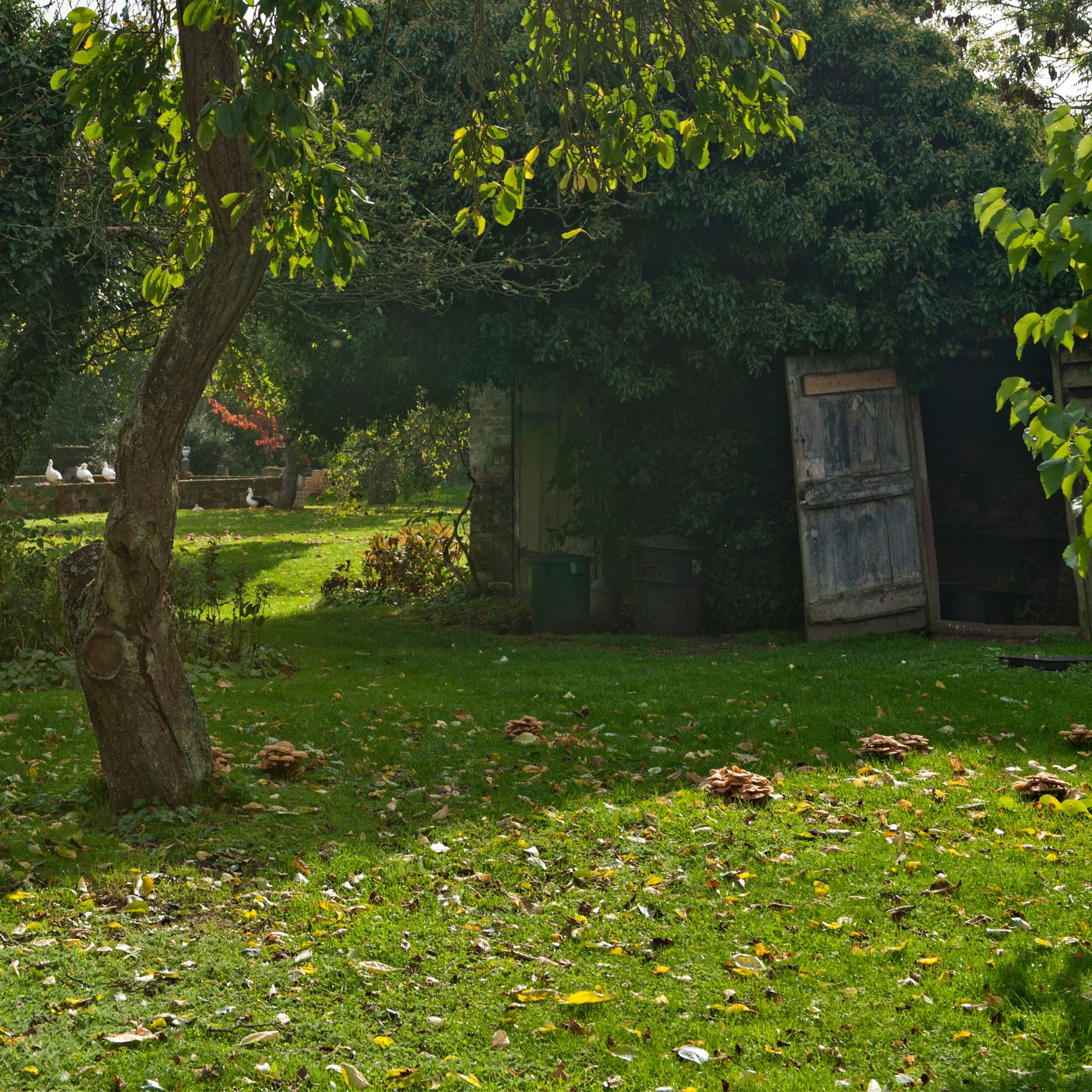
The easiest way to improve lawn drainage? Stage a clean-up, and stat!
'As soon as any flood water has receded, you should remove any leftover debris (sticks, silt and leaves) to clear the lawn's surface,' says Matt Kent, landscape manager at Toolstation.
'Do not use a metal rake for this, however, as this will damage the weakened soil surface.'
2. Aerate
Learning how to aerate a lawn is one of the most effective ways to improve lawn drainage.
'Regular aeration reduces soil compaction, allowing nutrients, water and oxygen to penetrate the soil more effectively,' says Chris McIlroy, lawn expert at The Grass People.
If you have a smaller lawn, a garden fork or manual aerator should do the trick – but if you have a larger garden, you could consider investing in an electric aerator.
'Hollow tine aeration is one of the best methods for improving drainage,' says Cheryl Harper, managing director at Greensleeves Lawn Care. 'By breaking up compacted soil, you create channels for water to flow more freely – reducing the risk of water pooling on the surface.'
3. Scarify
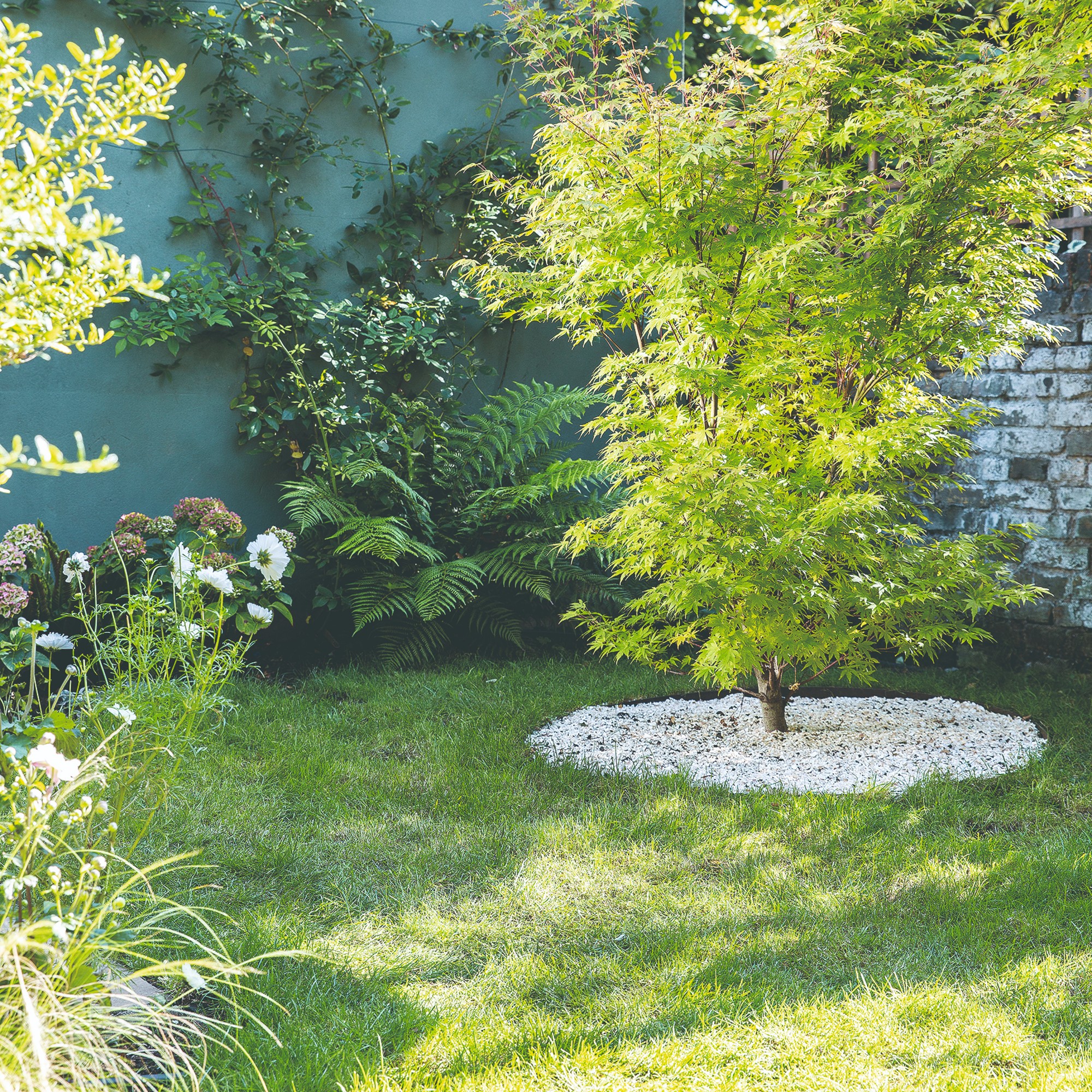
If you're trying to figure out how to improve lawn drainage, you might also consider scarifying your lawn. It's the process of removing dead thatch and moss from a lawn.
'While a small amount of thatch can be beneficial, too much prevents water from getting through,' explains Cheryl. 'Scarifying or de-thatching your lawn removes this buildup, creating a direct path for water to reach the soil.
'Regular scarification not only improves drainage but also promotes healthier root growth and better grass resilience.'
Scarifying too close to a frost or in cold weather can cause your grass more harm than good, though, so it's important to know when to scarify a lawn.
4. Fertilise

'Fertilise the lawn using a feed that is rich in phosphorus,' says Matt (personally, we rate Miracle-Gro EverGreen Autumn Lawn Care from Amazon for this time of year).
'This will help to promote root growth as well as replace the nutrients in the ground,' he adds.
Applying your fertiliser after aerating and/or scarifying your lawn means it's more likely to penetrate deeper into the soil, allowing it to work at maximum effect.
5. Ditch the mower

Monty Don wants you to let your grass grow long this winter, and for good reason: grass will start to slow its growth over the chillier months.
As if that weren't enough to compel you to ditch the mower, Matt adds that 'it’s also important to remember not to mow a lawn after a period of extensive rain,' as it can cause further damage.
'It’s best to wait until spring when the warmer temperatures will cause the grass to begin growing again,' he says.
6. Level out the ground
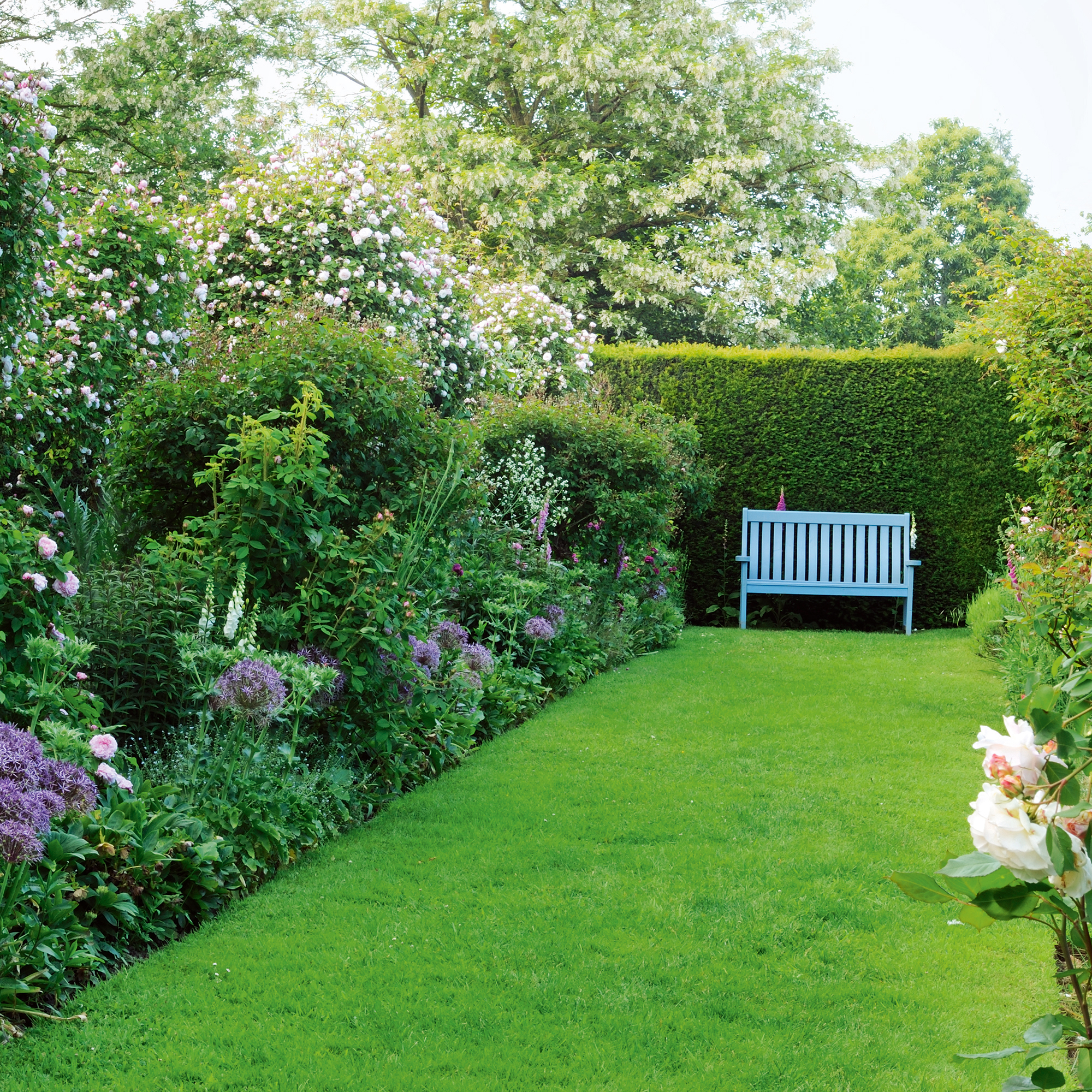
Wondering how to improve lawn drainage for the future? Well, learning how to level your lawn is a great start.
'Levelling your lawn can stop water pooling in uneven areas,' says Chris from The Grass People. 'Using topsoil and sand, you can create a more even surface which helps rainwater disperse naturally.'
What about those pockets of the garden that are more prone to flooding?
'If the flooding is only happening in isolated areas, you can add some topsoil and new turf to level out the uneven areas,' says Matt.
7. Add garden walkways
It goes without saying that walking on grass will flatten it – but it could be hindering drainage, too.
'Each time you walk over your lawn, you compact it beneath your feet,' says Matt. 'Adding a simple paved garden walkway (or any garden path ideas, really) will help to protect your lawn from damage in the future.'
8. Consider a French drain
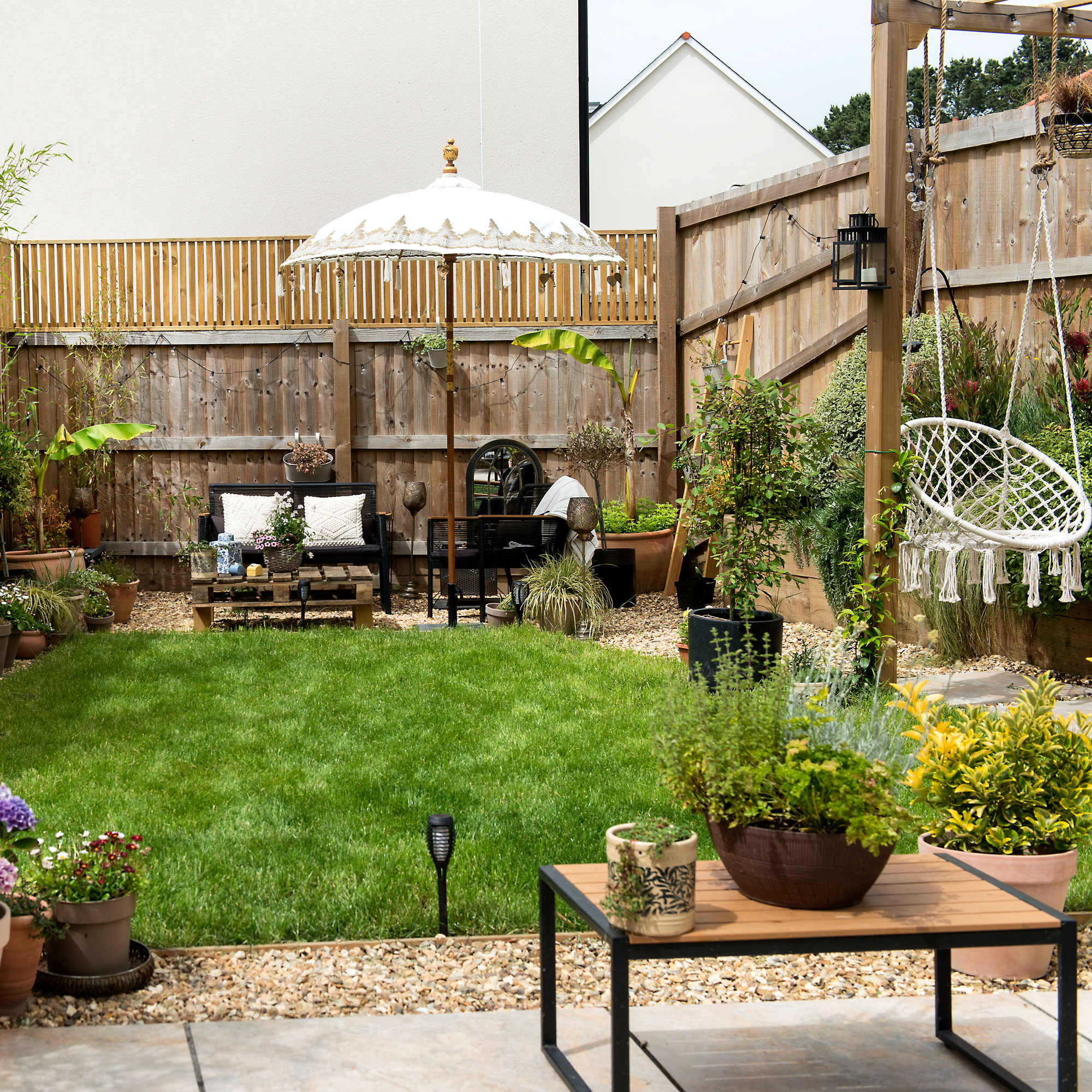
Still searching for long-term ideas on how to improve lawn drainage? Try a French drain!
'For severe cases of waterlogging, call in a drainage expert,' advises Alasdair from GreenThumb. 'A French drain is a great way to ensure lawns are draining better.
'French drains involve digging a trench and installing a perforated pipe surrounded by gravel. This system effectively diverts excess water away from your lawn, preventing waterlogging.'
You might need planning permission first. 'It’s best to check with your local planning authority before starting any digging,' Matt advises.
FAQs
How can I make my turf drain better?
If you're finding your turf puddling during rainy spells, it's probably lacking drainage. But how do you fix that?
'For better turf drainage, concentrate on soil health,' says Chris, The Grass People's lawn expert. 'Aeration can loosen compacted ground and enhance water flow.
'Additionally, keeping your lawn healthy helps it cope with moisture better. Fertilising in autumn strengthens grass roots, making them more resilient during wet conditions and preventing bare patches caused by heavy rain.'
Does sand help lawn drainage?
Topdressing is a trusted method for improving lawn drainage, and one of the key components is lawn sand.
'While sand improves soil drainage, using it alone can lead to compaction and nutrient loss over time,' explains Cheryl from Greensleeves Lawn Care. 'For the best results, combine sand with organic materials like compost. This mixture not only enhances drainage but also adds nutrients to the soil, supporting healthy grass growth.'
Now that you know how to improve lawn drainage, it's time to grab an umbrella (ella, ella) and get to work.







